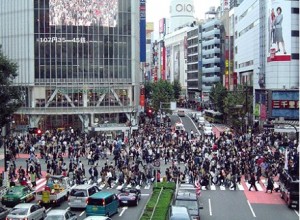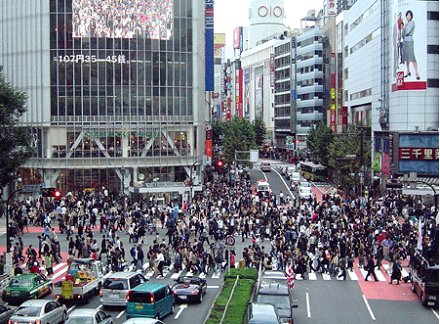 After five years of deflation, the price of consumer goods in Japan is on the way up after a series of measures from key policymakers bring an end to deflation. Prices for consumer goods in Japan increased by 0.7 percent in the last twelve months.
After five years of deflation, the price of consumer goods in Japan is on the way up after a series of measures from key policymakers bring an end to deflation. Prices for consumer goods in Japan increased by 0.7 percent in the last twelve months.
The news comes after five years of falling or stable prices caused by an overvalued currency and modest economic performance. Inflation, thought of as a major issue in Western economies, is a welcome change for Japan’s stagnating economy.
For years, the East Asian country has struggled with businesses foregoing spending in order to capitalise in falling prices. Large-scale investment by Japanese firms has been minimal due to deflation, which encourages saving instead of spending.
Large-scale economic stagnation in Japan has also kept wages relatively low, making it difficult for Japanese families to repay mortgages and other debts. Many of Japan’s largest companies have struggled for years with slow or non-existent growth.
While the rise in costs primarily affected consumer goods, economists believe that it may have been caused by a large increase in fuel costs. Japan imports almost all fuel, and the collapse of the yen has dramatically increased fuel prices in the country.
Alongside the decline in the value of the yen, the Japanese government has taken a series of steps to encourage inflation and economic growth. These include a large-scale increase to the Japanese money supply aimed at increasing inflation.
Japan is currently experiencing one percent inflation, which the government hopes to double within the next year. The increase in inflation is likely to continue to push the value of the yen down, increasing demand for Japanese exports internationally.
Experts believe that this will help Japanese manufacturers and exporters, many of which have struggled in recent years. However, many claim that the recent growth in living costs is due to the closure of Japan’s power plants following the earthquake and tsunami in 2011.





